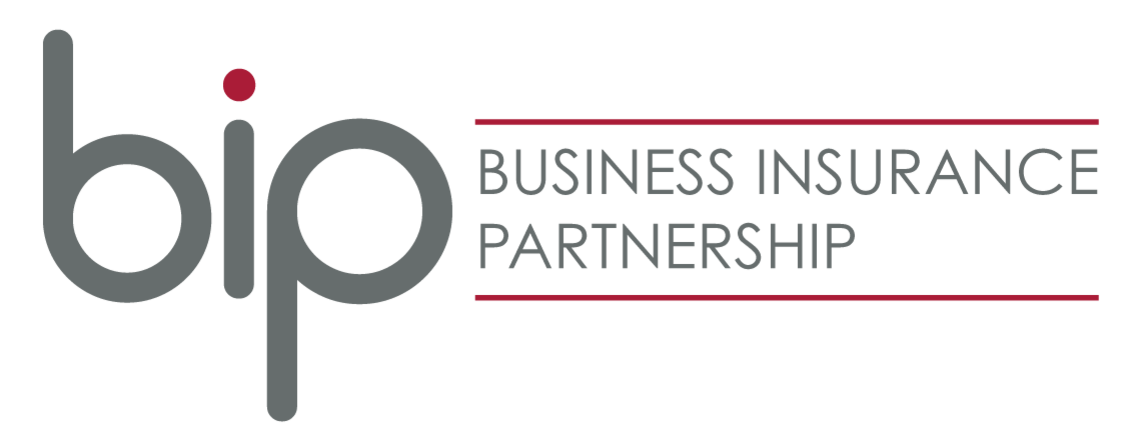Workplace Health and Safety - A Regulation Guide
Posted on 17th August 2021 at 12:37
Workplace Health and Safety Guide
Health and Safety Regulation Overview
For many businesses, workplace health and safety can be complicated and confusing. There are multiple sources of information, such as guidance documents and Approved Codes of Practice (ACOPs), not to mention constantly changing regulations and legislation. This guide can be used to help sort through the different types of health and safety information and give you a better grasp on how health and safety law works.
The Health and Safety Executive (HSE) in Great Britain and the Health and Safety Executive Northern Ireland (HSENI) in Northern Ireland are the main regulators of health and safety throughout the United Kingdom. Their aims are to protect the health, safety and welfare of employees, and to safeguard others, such as the general public, who may be exposed to the risks of work activity. They do this by consulting with businesses, recommending legislative changes, initiating prosecution and fines and publishing guidance. While health and safety regulations in Great Britain and Northern Ireland are generally the same, there are subtle differences, so be sure you know which country’s regulation you need to follow.
Main Requirements
The basis of health and safety law in the United Kingdom is the Health and Safety at Work etc Act 1974 in Great Britain and the Health and Safety at Work (Northern Ireland) Order 1978 in Northern Ireland. This legislation applies to all employers and sets out the general duties that employers and employees have to each other and to the general public. Many of the duties under this legislation are guided by a ‘so far as reasonably practicable’ principle. This means that employers do not have to take measures to avoid or reduce risks if they are technically impossible or if the time, trouble or cost of control measures would be grossly disproportionate to the risk. However, the law does require employers to look at what their workplace risks are and take sensible measures to mitigate them.
Another important requirement is the Management of Health and Safety at Work Regulations 1999 in Great Britain and the Management of Health and Safety at Work Regulations (Northern Ireland) 2000 in Northern Ireland. This legislation specifies what employers are required to do to manage health and safety under the Health and Safety at Work Act or Order. It requires employers to make a ‘suitable and sufficient’ risk assessment of the health and safety risks workers and any other persons who may be affected by their business face. Employers with five or more employees must also keep a written record of their risk assessment; however, it is best practice for all employers to do so.
Please contact BIP Ltd for more information on creating a risk assessment.
Regulations
Regulations on health and safety are law, approved by the Parliament in Great Britain and the Assembly in Northern Ireland. They are typically made under the Health and Safety Act or Order, following proposals from the HSE or HSENI. Depending on the specific regulation, it may apply to all employers or it may apply only to specific industries, such as mining or nuclear.
Regulations are also typically set out in either a ‘goal-setting’ form or ‘prescriptive’ form. If a regulation is goal-setting, it means that the regulation sets out what must be achieved, but not how it must be done. It is up to the individual employer to decide how to achieve the goal the regulation sets out. Prescriptive regulations, on the other hand, spell out in detail what employers are required to do. Prescriptive standards are typically absolute and employers must follow the specific actions set out in the regulation.
Be sure to know all regulations that apply to your industry. See below for a list of common workplace health and safety regulations in the United Kingdom.
Guidance
The HSE has published a large amount of guidance that covers a wide variety of health and safety subjects, including specific and general guidance for popular topics and industries. The main purposes of the guidance are to:
• Help people interpret and understand what the law says.
• Help people comply with the law.
• Give technical advice.
Employers are not required to follow the guidance documents that the HSE provides and are free to take other action. However, if employers do follow the guidance, they will typically be doing enough to comply with the law. HSE guidance can be found here. If you do use the HSE guidance, make sure that the guidance is up to date, as regulations change frequently.
Approved Codes of Practice (ACOPs)
ACOPs are another resource employers can use to help stay on top of workplace health and safety. ACOPs give advice on how to comply with the law by offering practical examples of good workplace practices. These codes can also help employers interpret regulatory wording such as ‘reasonably practicable’ and ‘suitable and sufficient’ by illustrating what this requires in particular circumstances.
ACOPs also have a special legal status, meaning that if an employer is prosecuted for breaching health and safety law, and it is proved that the employer has not followed the relevant provisions in an ACOP, a court can find the employer at fault unless the employer shows it has complied with the law in some other way. Therefore, using and following ACOPs should be regarded as best practice.
List of Common Health and Safety Legislation and Regulations
The following is a list of common health and safety legislation and regulations applicable to most employers throughout the United Kingdom. Be aware that specific regulations that cover particular areas, such as chemical use and transport, construction, gas safety and dangerous substances, may also apply depending on the line of work and the industry. Make sure you use the most up-to-date amendments and remember that this list is not exhaustive.
England, Wales and Scotland (Great Britain) Northern Ireland Quick Summary
The Health and Safety at Work Act 1974 Health and Safety at Work (Northern Ireland) Order 1978 The basis of health and safety law in the UK—sets out general duties employers have towards employees and members of the public, and that employees have to themselves and each other.
The Management of Health and Safety at Work Regulations 1999 The Management of Health and Safety at Work Regulations (Northern Ireland) 2000 Requires employers to carry out risk assessments, make arrangements to implement necessary measures, appoint competent people and arrange for appropriate information and training.
The Workplace (Health, Safety and Welfare) Regulations 1992 The Workplace (Health, Safety and Welfare) Regulations (Northern Ireland) 1993 Covers a wide range of basic health, safety and welfare issues such as ventilation, heating, lighting, workstations, seating and welfare facilities.
The Health and Safety (Display Screen Equipment) Regulations 1992 The Display Screen Regulations (Northern Ireland) 1992 Sets out requirements for work with Visual Display Units (VDUs).
The Personal Protective Equipment at Work Regulations 1992 The Personal Protective Equipment at Work Regulations (Northern Ireland) 1993 Requires employers to provide appropriate protective clothing and equipment for their employees.
The Provision and Use of Work Equipment Regulations 1998 (PUWER) The Provision and Use of Work Equipment Regulations (Northern Ireland) 1999 (PUWER) Requires that equipment provided for use at work, including machinery, is safe.
The Manual Handling Operations Regulations 1992 The Manual Handling Operations Regulations (Northern Ireland) 1992 Covers the moving of objects by hand or bodily force.
The Health and Safety (First Aid) Regulations 1981 The Health and Safety (First Aid) Regulations (Northern Ireland) 1982 Covers requirements for first aid.
The Health and Safety Information for Employees Regulations 1989 The Health and Safety Information for Employees Regulations (Northern Ireland) 1991 Requires employers to display a poster telling employees what they need to know about health and safety.
The Health and Safety (Consultation with Employees) Regulations 1996 The Health and Safety (Consultation with Employees) Regulations (Northern Ireland) 1996 Requires employers to consult with employees on health and safety issues.
The Safety Representatives and Safety Committees Regulations 1977 The Safety Representatives and Safety Committees Regulations (Northern Ireland) 1979 Requires employers to consult with union-appointed health and safety representatives.
The Employers’ Liability (Compulsory Insurance) Act 1969 The Employer’s Liability (Defective Equipment and Compulsory Insurance) (Northern Ireland) Order 1972 Requires employers to take out insurance against accidents and ill health for their employees.
The Reporting of Injuries, Diseases and Dangerous Occurrences Regulations 1995 (RIDDOR) The Reporting of Injuries, Diseases and Dangerous Occurrences Regulations (Northern Ireland) 1997 Requires employers to report certain occupational injuries, diseases and dangerous events.
The Control of Noise at Work Regulations 2005 The Control of Noise at Work Regulations (Northern Ireland) 2006 Requires employers to take action to protect employees from hearing damage.
The Electricity at Work Regulations 1989 The Electricity at Work Regulations (Northern Ireland) 1991 Requires people in control of electrical systems to ensure they are safe to use and maintained in a safe condition.
The Control of Substances Hazardous to Health Regulations 2002 (COSHH) The Control of Substances Hazardous to Health Regulations (Northern Ireland) 2003 (COSHH(NI)) Requires employers to assess the risks from hazardous substances and take appropriate precautions.
For more information and guidance on health and safety in the workplace, please contact BIP Ltd or visit the HSE website.
Tagged as: Guide to H&S, Guide to Health and Safety, H&S, Health and Safety Basics, Health and Safety Regulation, Workplace H&S
Share this post:


